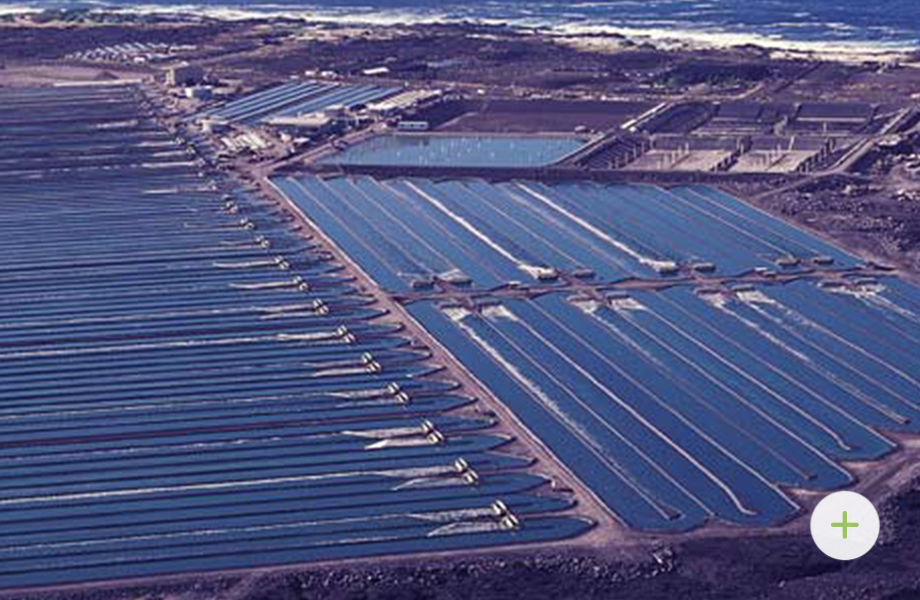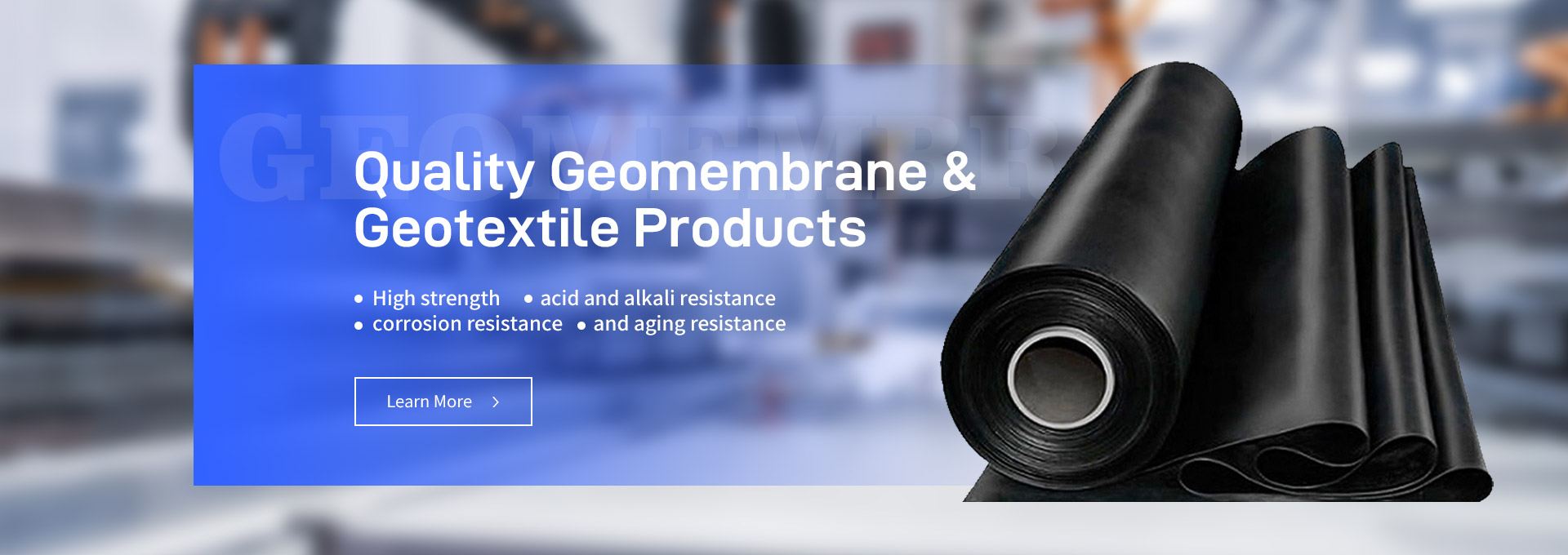Questions for André Rollin on Functional PVC Geomembranes
What are the core components of PVC, and how do these affect its various formulations?
While PVC geomembranes are commonly referred to simply as "PVC," it is important to delve deeper into their composition. PVC is primarily made from petroleum derivatives, specifically ethylene and acetylene, combined with chlorine. The process of producing PVC involves suspension polymerization, where the vinyl chloride and initiators are dispersed in water. How do these core components, including the molecular weight of the PVC resin and the specific additives used, influence the various formulations of PVC geomembranes available on the market today?How do different formulations alter the critical properties of PVC geomembranes?
The properties of PVC geomembranes can vary significantly based on their formulation. For example, the choice of plasticizers, such as phthalates or polymeric plasticizers, directly affects the material's flexibility and chemical resistance. Additionally, the molecular weight of the PVC resin impacts its tensile strength and elongation characteristics. Can you elaborate on how the specific selection of additives—such as stabilizers, fillers, colorants, and biocides—alters essential characteristics like flexibility, chemical resistance, UV stability, and overall durability? What considerations should engineers keep in mind when designing a formulation for a specific application?What common misconceptions exist regarding PVC geomembranes, and why do engineers sometimes choose (or avoid) this material?
There are several prevalent misunderstandings about PVC geomembranes that can influence decision-making among engineers. For instance, some believe that all PVC geomembranes are the same, or that PVC is inherently unsuitable for certain environments, such as those involving hydrocarbons or acidic conditions. Additionally, there might be a misconception that thicker geomembranes always perform better. What are some of the most significant misconceptions you've encountered in your work, and what reasons do engineers often cite for choosing or avoiding PVC geomembranes in their projects?
What recommendations do you have for avoiding these misconceptions in the selection of geomembranes?
To ensure that the best material is selected for a given project, it is crucial to foster a better understanding of geomembrane properties and their applications. What steps can engineers and design teams take to enhance their knowledge about the different types of geomembranes available? How important is it to engage with material manufacturers and leverage resources from industry associations to gather accurate and up-to-date information? What educational initiatives or training programs would you recommend to help engineers navigate the complexities of geomembrane selection?Is there an English version of your book, "Geomembranes: A Guide to Material Selection," currently in progress?
You mentioned that your book, co-authored with Pierson and Lambert and published in French, serves as a comprehensive guide for selecting geomembranes. Given its importance in the field, many professionals are eager for an English version. Can you provide an update on the translation process? What key topics does the book cover, and what insights can readers expect to gain that will aid them in their understanding of geomembrane materials and their applications? When do you anticipate the English edition will be available to the public?

